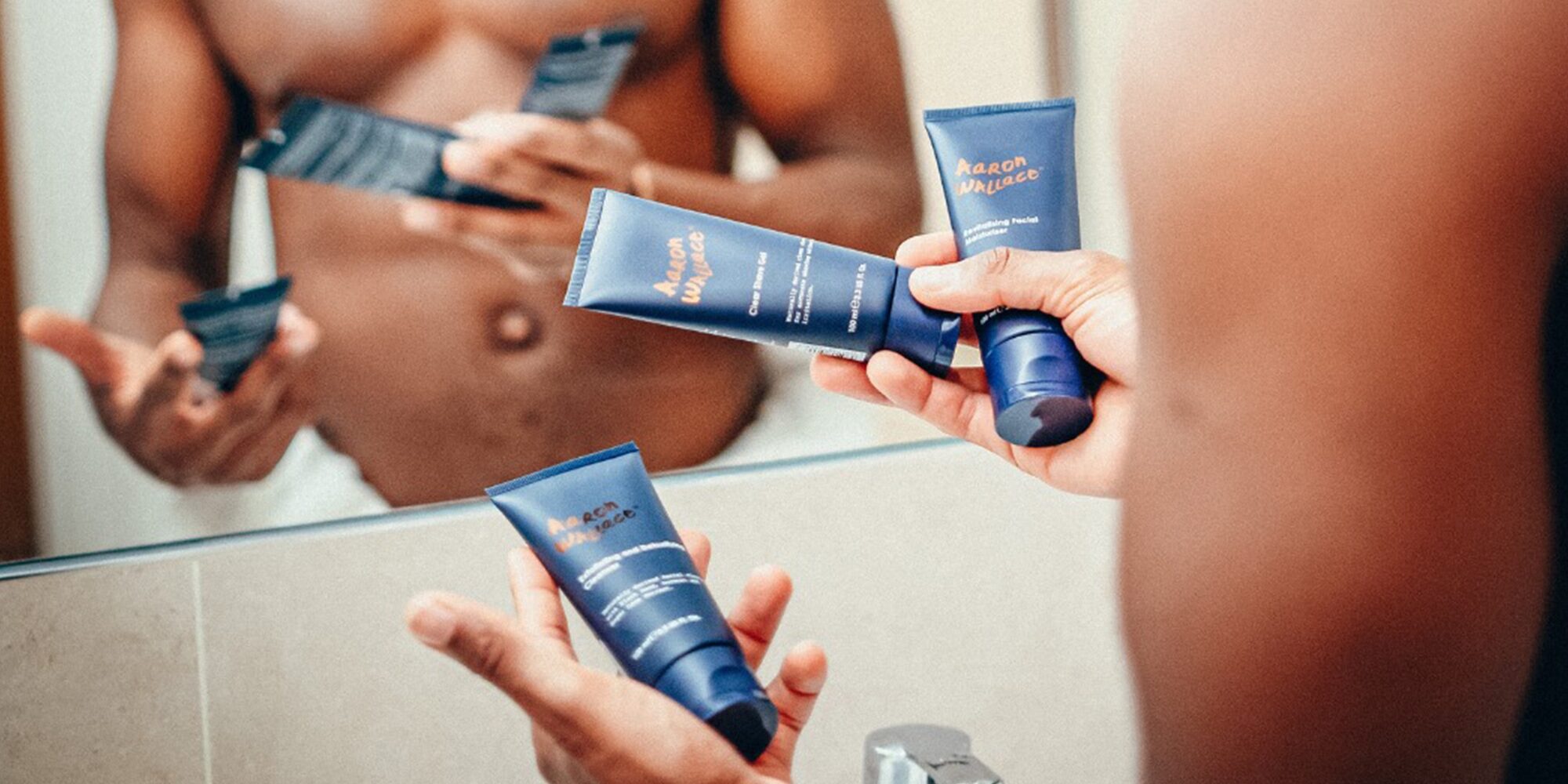
Crucial Steps To Follow If You’re Expanding Your Beauty Brand Internationally From Someone Who’s Done It
The idea of expanding your business to another country is undoubtedly alluring. The goal is to increase your customer base and revenue, but it’s important to evaluate the challenges that international expansion poses. It’s not as simple as just opening up shop.
For us at Aaron Wallace, launching in the United States had huge appeal. We knew the afro haircare market, typically called the textured haircare market in the U.S., is much more developed in the U.S. than in the United Kingdom, where we’re based, and that Black male grooming has been a fast-growing segment in the country.
We premiered in the U.S. last year on Saks Fifth Avenue’s website. Grounded in our experience so far, I believe that, to accomplish successful international expansion, you need to take time to perform market research, explore third-party service providers and retail partners, develop a strategic plan and assess costs. Getting these steps wrong can have detrimental effects on your business. Some of the lessons we’ve learned along the way can hopefully help you avoid those detrimental effects.
Conduct Market Research
You’ll need to research the market you’re thinking about entering. Understanding local buying patterns essential. Your business may have an established presence in your home territory, but whether you’re ready to expand into another region depends on a multiplicity of factors, including the investment required, market demand and your ability to deliver quality products or services.
Before we entered the U.S., we spent a great deal of time investigating established brands like SheaMoisture Men and Cantu Men that are targeting our demographic of Black male consumers. We needed to grasp how we could best communicate our unique selling proposition (USP) to Americans in light of the competition in the U.S. Using them as a benchmark gave us insight into the potential for our products in the market.
We already had a social media following of over 50,000, almost half of which were from the U.S., so we had a sense there would be an appetite for our products in the U.S., but not enough to justify dedicating resources. We needed a clearer picture of the appetite to direct our decision-making process. Conducting focus groups or surveys can offer invaluable information on demand and customer preferences. Tools like Google Consumer Surveys or Survey Monkey are great for surveys, and they have free versions.
We had the benefit of having a small sample size of existing American customers and social media followers that we could ask to complete our surveys. We asked them questions like, “What do you currently use?”, “Where do you shop for your products?”, and “What do you look for when buying haircare products?” The answers gave us knowledge on the landscape and the draw of competitors, how we needed to situate ourselves in the market and launch strategies.
We quickly learned that the product array in the U.S. was much more plentiful than in the U.K. American customers have a lot more choice. In the U.S., we would be competing against a greater number of brands. That reality guided our entry strategy. We initially wanted to partner with Target, which is well-known for stocking textured haircare brands, but realized from our survey and speaking to American brand ambassadors that Target would perhaps be too big of an undertaking. In the massive retailer, we would be up against brands with marketing budgets far superior to ours.
Saks Fifth Avenue turned out to be the perfect fit for us. The department store retailer carries fewer of our competitors, and it suits our premium standing as a brand. With an online-only launch, we’re able to better manage our inventory, minimize risks and obtain good data on buying habits.
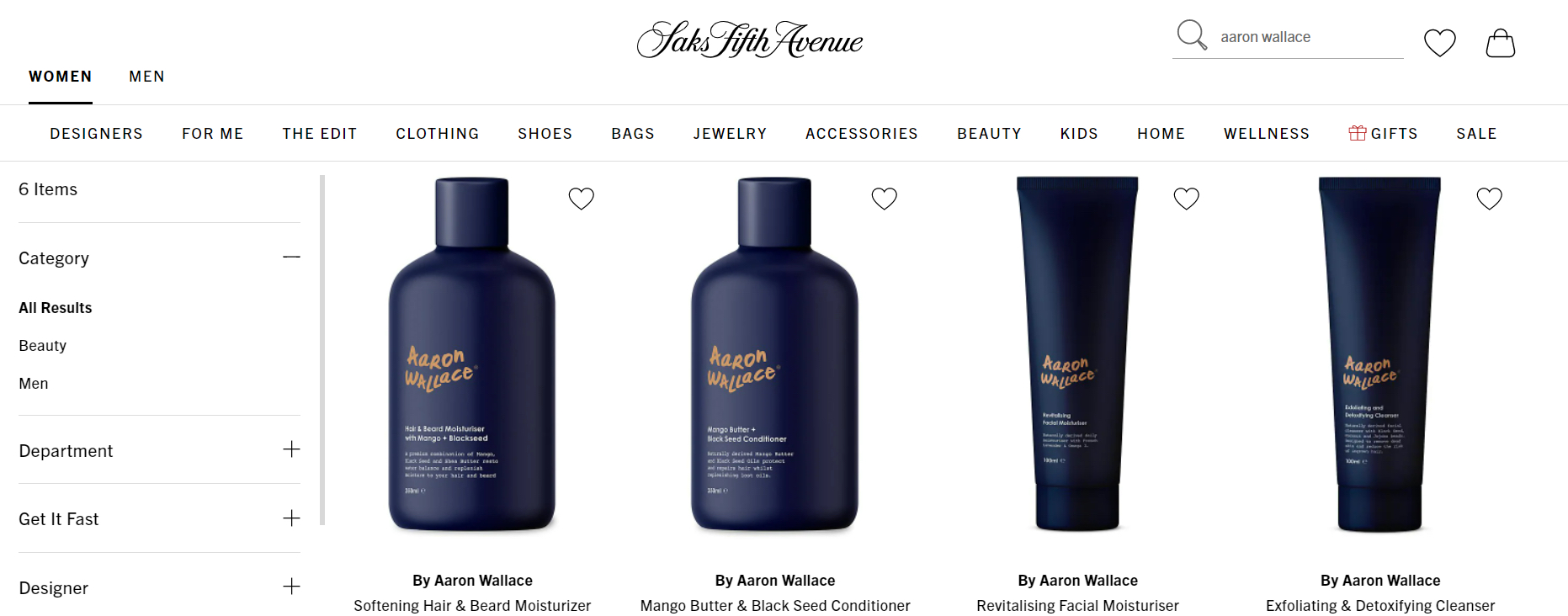
Identify Third-Party Providers
If you decide to move forward with expansion, you’ll have to identify third-party providers to handle logistics, marketing, and legal and regulatory compliance. A professional who understands local tax laws is imperative for ensuring your business doesn’t run afoul of laws in the country you’re breaking into.
For logistics, you could opt for Amazon. The giant e-commerce platform offers a fulfillment and warehousing service called FBA (Fulfilled By Amazon) that can be a great way to piggyback an established distribution network, access digital marketing tools and tap into an existing customer base.
We knew that having stock held in the U.S. would facilitate faster deliveries to online customers and reduce lead times for retailers, two very critical elements of our operations. We initially considered using FBA, but instead opted to source our own warehouse to avoid the commissions charged by Amazon. We could reinvest in marketing with the money saved.
In an ideal world, we would have traveled to the U.S. to search for a warehouse and arrange site visits. However, travel wasn’t possible due to our limited budget and the fact that we were at the height of the COVID-19 pandemic. We instead carried out our research online and met with possible partners over Zoom. To vet possible partners, here’s what we weighed:
- Affordability and quality. We examined storage, packing and courier fees.
- Ability to serve the entire U.S. and possibly Canada.
- Wholesale experience. Servicing big retailers is different than servicing individual customers, and not all warehouses are great at both services.
- We studied their backend systems (EDI or electronic data interchange), and the functionalities they had in place to allow for analysis, stock monitoring and system pairings.
We registered with U.S.-based wholesale platform RangeMe for a fee of $1,400. Our intention was to use RangeMe to connect with retailers appropriate for our brand positioning that didn’t have too many of our competitors to enable us to stand out, but we ended up being approached by Saks directly not long after registering. Following a series of conversations with Saks, we concluded that partnering with it would provide us the best stage for debuting in the U.S. and venture into the country with minimal risk.
With the clarity of hindsight, we would have saved on the RangeMe platform cost by relying on free tools like LinkedIn to find and connect with retail buyers. In addition, we would have gone with FBA instead of sourcing our own warehouse. Because we weren’t on the ground in the U.S., we were blind to the shortcomings of the warehouse we picked. We were unable to carry out a complete vetting process and place trial orders to assess their services. For the extra commission FBA charges, the peace of mind is absolutely worth it.
Develop A Launch Strategy
Once you’ve identified partners, create your strategy for entering the new market. Think about how much money you can spend and what your capabilities are. Gauge how much it will cost to reach customers in the country. Among the costs involved are advertising, promotional materials and staff compensation.
I think it’s smart to hire a marketing firm with professionals familiar with the target audience in your new market to hone strategies for raising awareness. The firm can assist you with budgeting, establishing clear KPIs (key performance indicators) and dodging a “big bang” approach that burns through your cash without the proper appraisal of results. Tracking performance against spend at every step is crucial. Monitor it on a weekly basis to determine if your strategy is effective or whether pivots should be made.
For a small brand like ours, taking on an enormous market like the U.S. meant we had to be especially attentive to the numbers. We wanted to be as certain as we could be that our products would work for the market as well as they have for the U.K. We zeroed in on two key metrics:
- Repeat purchase rate. Were customers coming back to buy more and at what rate?
- Average order value. When customers did come back, did they spend more money with us?
We had a modest marketing budget of 10,000 pounds or roughly $8,000 to spend over the course of six months. We mainly allocated it to influencer marketing. In the U.K., we had a healthy repeat purchase rate and growing AOV. If we could achieve similar numbers in the U.S., that would suggest we could bump up our marketing spend.
Six months seemed like the proper testing period because it normally takes three months for customers to run out of our products. A six-month stretch would produce sufficient data to see if the repeat purchase rate was where we needed it to be and the AOV was climbing in a manner we’d hope. If the data wasn’t sound, we’d have to rethink our entire strategy, most notably if launching in the U.S. was right for us at this stage.
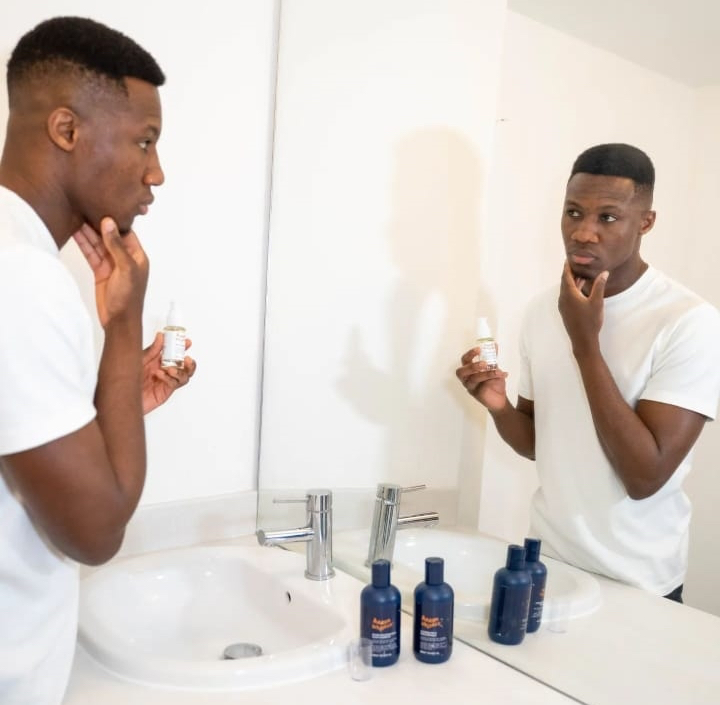
Final Thoughts
Although there’s no one-size-fits-all formula for expanding into a new market, the steps above can be starting points for further research and consideration. With careful planning, you will be able to identify, evaluate and market your products to new customers with minimal risk employing techniques that have been fruitful in your home country. The biggest lesson we learned was the importance of a stringent vetting process encompassing customer testimonials and references when searching for a warehouse.
At Aaron Wallace, our partnership with Saks is only the beginning of ambitious plans to grow in the U.S. While our current focus remains the U.K., Saks gives us the opportunity to experiment with different approaches to the U.S. The early data is promising. Our repeat purchase rate is 38%, and the AOV is advancing by 27% with the introduction of our skincare line. We will attempt to persuade Target or Ulta Beauty to stock us based on the data and a 12-month track record of success in the U.S.
Lina Barker is a successful entrepreneur and marketer living in the United Kingdom. Her premium beauty brand for men, Aaron Wallace, is sold worldwide through retailers such as Asos, Saks Fifth Avenue, Zalando, Liberty, Sainsbury’s and Debenhams.
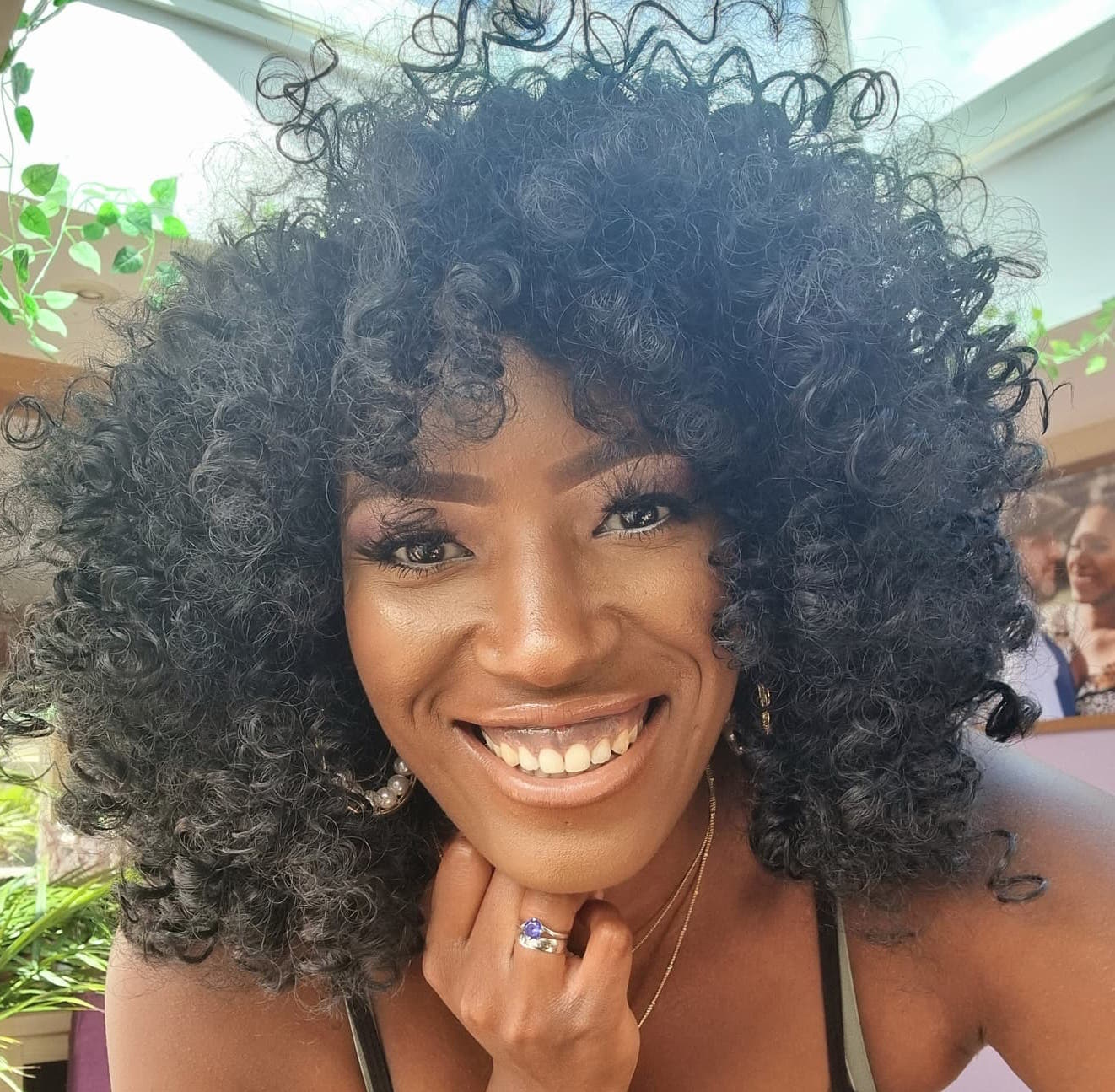
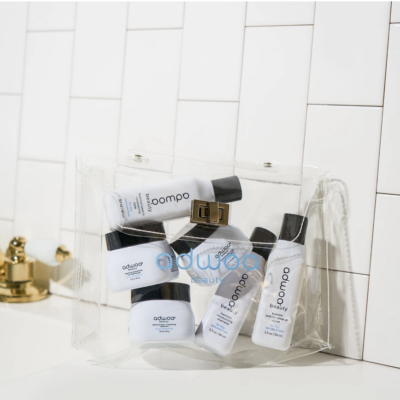
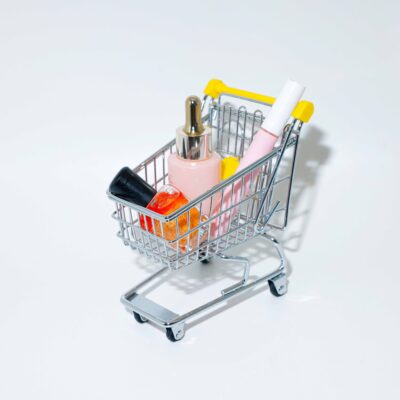


Leave a Reply
You must be logged in to post a comment.